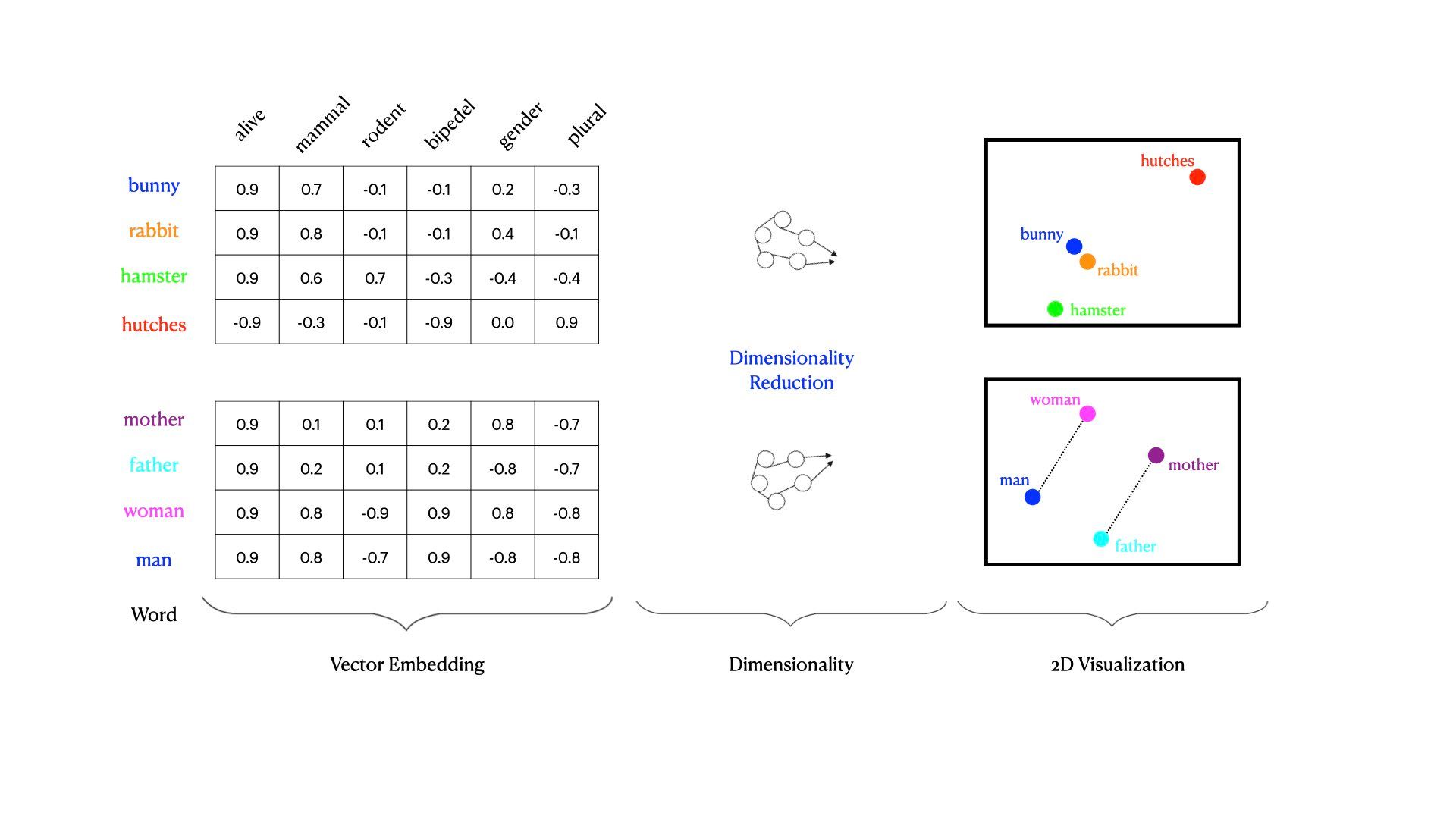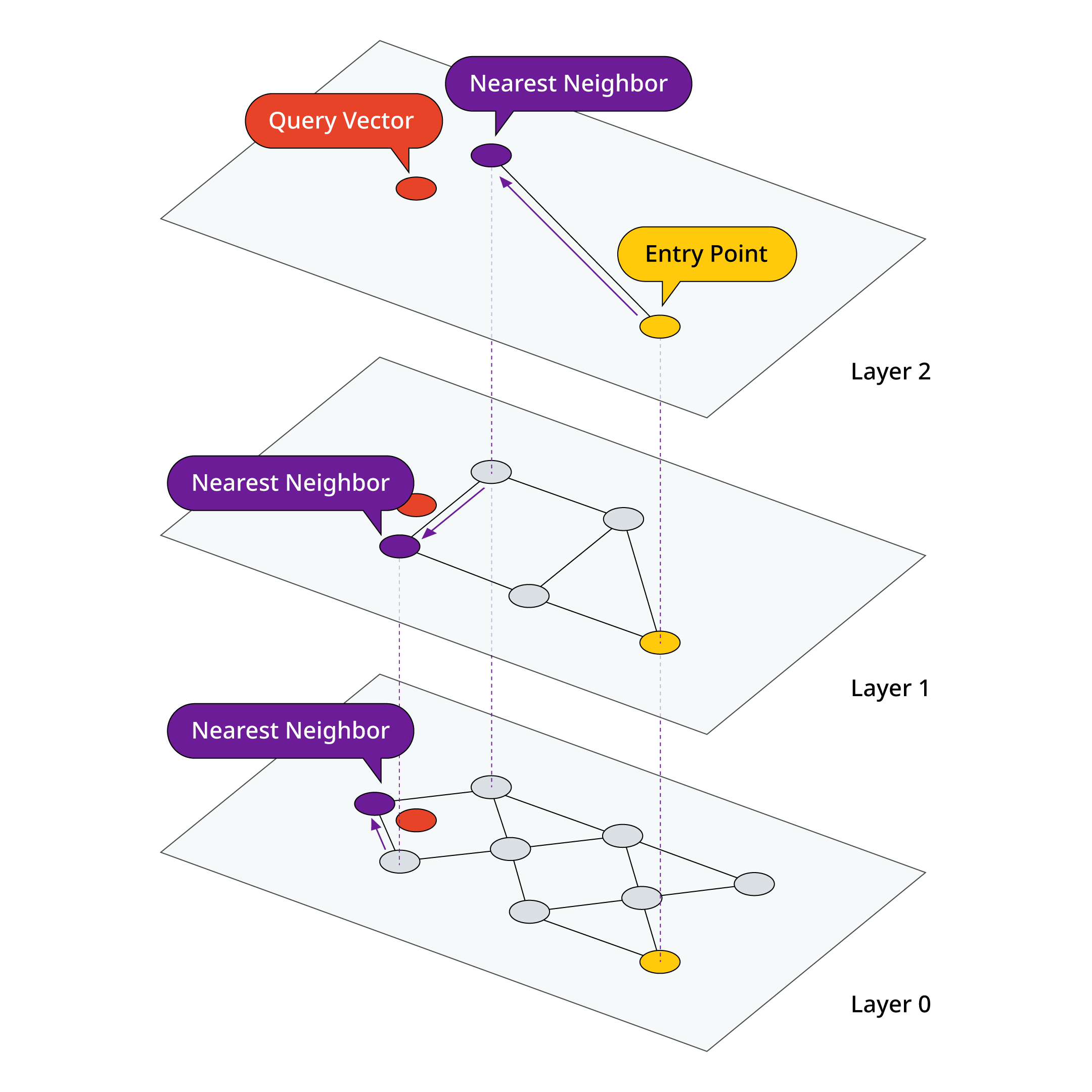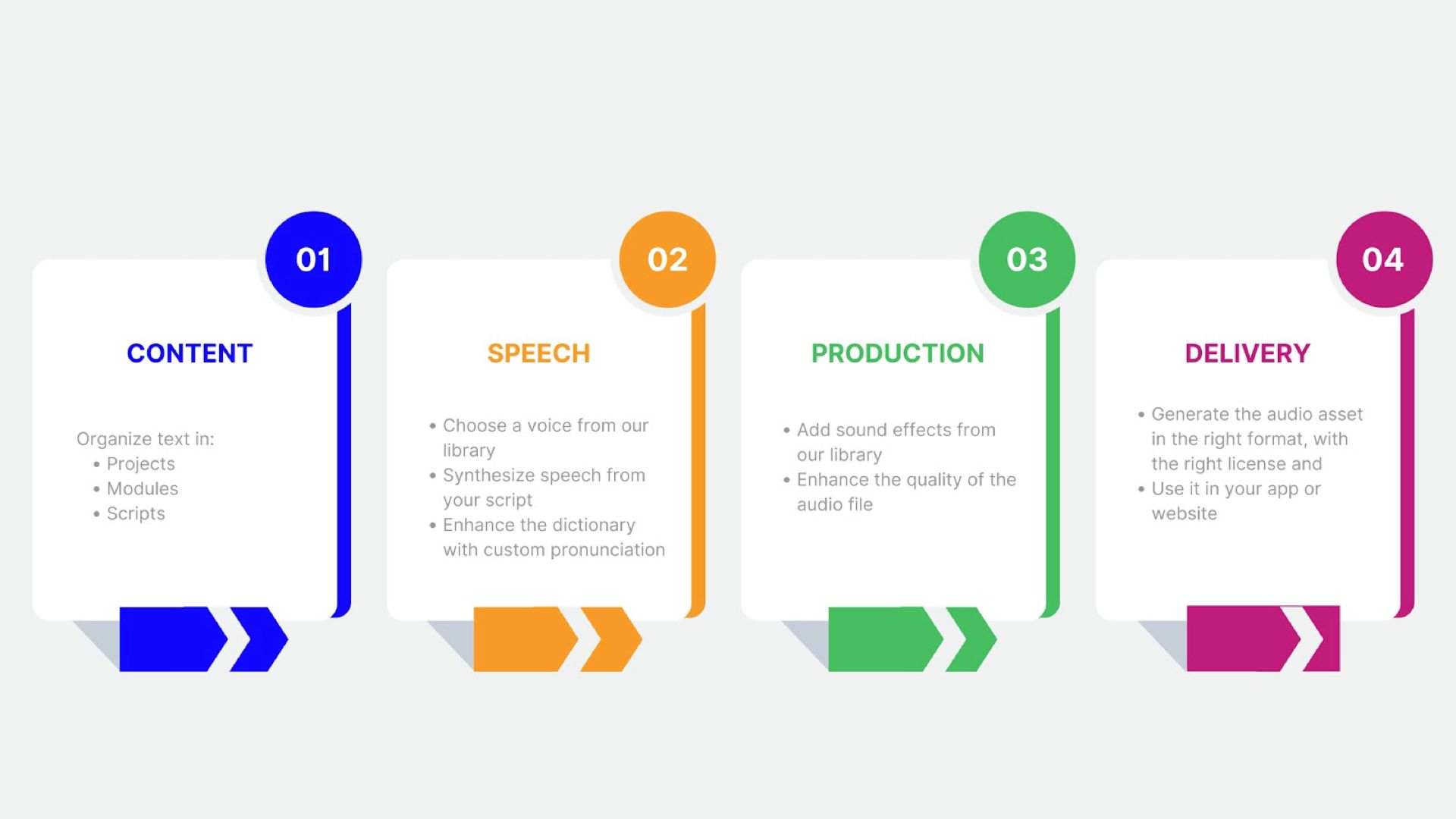As evidenced by the insanely quick rise to prominence of generative AI, technology advances move blindingly fast. And some of the most impactful advances help us move faster, too. Thirty to fourty years ago mortgage processing took weeks and multiple different departments and people; now getting a home loan takes minutes, and it can be done at the click of a button.
AI is no exception. From using predictive AI to better detect fraudulent activities before they happen to generative AI tools that can be used to create memos, images, and videos seemingly out of nowhere with just a few prompts and directives.
This adoption of AI is changing the way we, as consumers, interact with technology, but it’s also changing the way content generators are able to interact with their audiences. Here, we’ll explore a real-world example of how generative AI is used to change the customer engagement experience.
How Predictive AI Helps Us See the Problem
We’re constantly getting bombarded with different opportunities, deals, and campaigns that are “targeted” specifically for us. While these campaigns appear to be tailored to our specific wants and desires, they are ultimately opportunities for the sellers to move merchandise that they’ve determined might entice you to buy or to move merchandise it needs to sell.
For a while now we have had tools that can analyze data to identify patterns and use those patterns to influence how, what, and why a company positions a specific product at a specific time and location. Take for example a car company that tracks weekly and monthly sales of a specific make and model. It is very easy to roll up national sales data to evaluate where specific models are selling well and where they aren’t. It is fairly common to leverage that data at the corporate level to be used by data scientists that can determine patterns (like the new SUV model is selling great in the southern regions but isn’t selling that well in the Midwest). The problem is that once we detect this, it takes a while to put together an active campaign to increase sales of SUVs in the Midwest. The easy part is determining what incentives can be offered; the harder part is getting the word out that these incentives are available.
How Generative AI Helps Us Solve the Problem
This is where solutions like Audiostack and DataStax come together to help enterprises rapidly react and respond to the events that are being detected by predictive AI and enable real-time response with generative AI. Audiostack provides the ability to leverage generative AI capabilities to build out ad campaigns using solutions like ChatGPT and text-to-speech capabilities.
Let’s say we’ve figured out that we need to increase sales of SUVs in the Midwest and we need to push an ad campaign to the local radio stations. The challenge is that each location is motivated differently based on incentives: we know that in Illinois the best incentive to offer is a tax credit for electric vehicle purchases so we should be promoting our EV line of SUVs, but in Michigan we have seen that a cash-back offer tends to work best. Creating the incentive plans are straightforward, but creating ad copy, and recording multiple versions of content, all takes valuable time and money. What if we had a way to bring together all the information we have internally and leverage that data to build out and generate the ad campaign and the supporting content around it?
That is what generative AI brings to the table. Solutions like Audiostack for content generation and solutions like DataStax that provide the ability to take all of your internal data and leverage that for AI solutions by providing data vectorization (vector embeddings), vector storage (vector database), semantic search (vector search) and available in real-time to power retrieval augmented generation (RAG) applications like Audiostack.
How Does it All Come Together?
But how does all of this work? How can we use the internal data that we have around sales analytics, customer engagement, current marketing trends, and revenue targets to generate targeted high-quality ad campaigns in minutes with just a few clicks compared to the months of time and hundreds of hours it takes major enterprise organizations to create these types of engagements.
For generative AI applications, it all starts with data and the ability to categorize that data on a multi-vector plane. This is what large language models use to provide things like natural language processing and semantic search functionality.

This is a highly complex mathematical process, but the net result of the process is that individual pieces of data can be categorized across multi-dimensional arrays. This provides the ability to then inspect this data from hundreds or thousands of different viewpoints. For example, we can inspect a group of animals from the perspective of whether they are mammals, if they have two legs, where they live, etc. In addition, we can use these multiple planes of categorization to enable functions like nearest neighbor search, or vector search, which enable the ability to dive into semantic similarities of the data across multiple planes.

This is where we bring together predictive and generative AI. Nearest neighbor search functionality is at the core of how generative processes like text completion, image generation, and audio generation create what is the most logical next outcome or output. As you can imagine, each of these becomes more and more complex; text completion compared to AI audio production have very differing complexities.
To effectively provide contextual generative AI we need a solution that can bring in all of the internal data that we have, vectorize it, store it, and then use that data to make decisions and create responses.
We could take a build-it-yourself approach that brings together multiple different components to handle all the different steps in this process. Taking our data, selecting the right vector embedding (indexing) method, feeding that to a LLM that has been designed to meet our specific needs, storing those vector embeddings and outputs in a vector database that then ultimately feeds our generative application with the context and prompts needed to create our desired outcome—it’s a complicated process. Alternatively, we could look at a platform that is specifically designed to handle data management for AI applications and use that platform to feed an application that is specifically designed to provide generative AI capabilities.
The Real World Implementation
This is where Datastax and Audiostack come into play. DataStax provides the ability to provide the end-to-end data platform that handles data from documents to real-time events, vectorize all that data, and use that data to drive decisions and, more importantly, generate content. Taking your internal documentation and building a natural language processing chatbot that allows customers to interact with it is cool, but what if you could do even more? What if you could use internal data like sales projections and store them in a vector database for vector search using DataStax Astra DB and query those projections in real-time to determine where specific products and incentives for those products could be offered to help move stagnant inventory?
But what if in that process not only could you target what needs to happen but you could also build the ad campaign for those products and incentives on the fly so that the advertising of those products to specific audiences or regions could all be done with the push of a button? Do you need a local radio advertisement or podcast advertisement with high-quality voice actors to help promote a limited-time incentive with only two days left in the month? If you know know what needs to be offered, we can feed that directly into Audiostack’s AI Audio Advertising Engine, which can generate within specific parameters a company-specific script, and an audio/visual voiceover that can be deployed to popular platforms like Adswizz for immediate placement into ad slots that are determined through real-time data.
AudioStack is the world’s first Audio-as-a-Service platform, combining cutting-edge generative text-to-speech with professional quality sound-design, mixing, and mastering functionality. With AudioStack’s API, enterprises can move away from tedious manual sound engineering processes and programmatically produce large numbers of professional audio assets within seconds.

AudioStack consists of 4 AI-powered building blocks to generate programmatic audio.
Build an end-to-end solution with Datastax and Audiostack
While this may sound complex, Audiostack and Datastax provide all the tools you need to build an end-to-end solution for customer360, data vectorization, and audio AI generation. Vector Search on Astra DB takes care of all of the data management for you with a fully integrated solution that provides all of the pieces you need for contextual data built for AI. From the digital nervous system, Astra Streaming, built on data pipelines that provides inline vector embeddings, all the way to real-time large volume storage, retrieval, access, and processing, via the most scalable vector database, Astra DB, on the market today, in an easy-to-use cloud platform.
Once you have all that data at your fingertips it all can be fed into Audiostack comprehensive AI audio processing engine to generate audio, video voiceover ,and thousands of variations on your audio outputs in seconds. Using AudioStack you can automate and therefore scale the entire audio production process – creating content faster than real-time and extremely cost-effective. AudioStack enables unprecedented use-cases of audio that were unthinkable before, such as the advertising example in this post.
This is the true power of generative AI, the ability to accelerate and provide high-quality functionality with ease and at a low cost, something that traditionally was only available to the largest organizations with lots of time and money available.
To get started with Datastax AstraDB, you can try for free today.
For more information on Audiostack please visit https://www.audiostack.ai or you can see Audiostack’s AI Audio Advertising Engine in action by booking a demo today.
This blog was also published on Audiostack.ai on October 23rd, 2023










